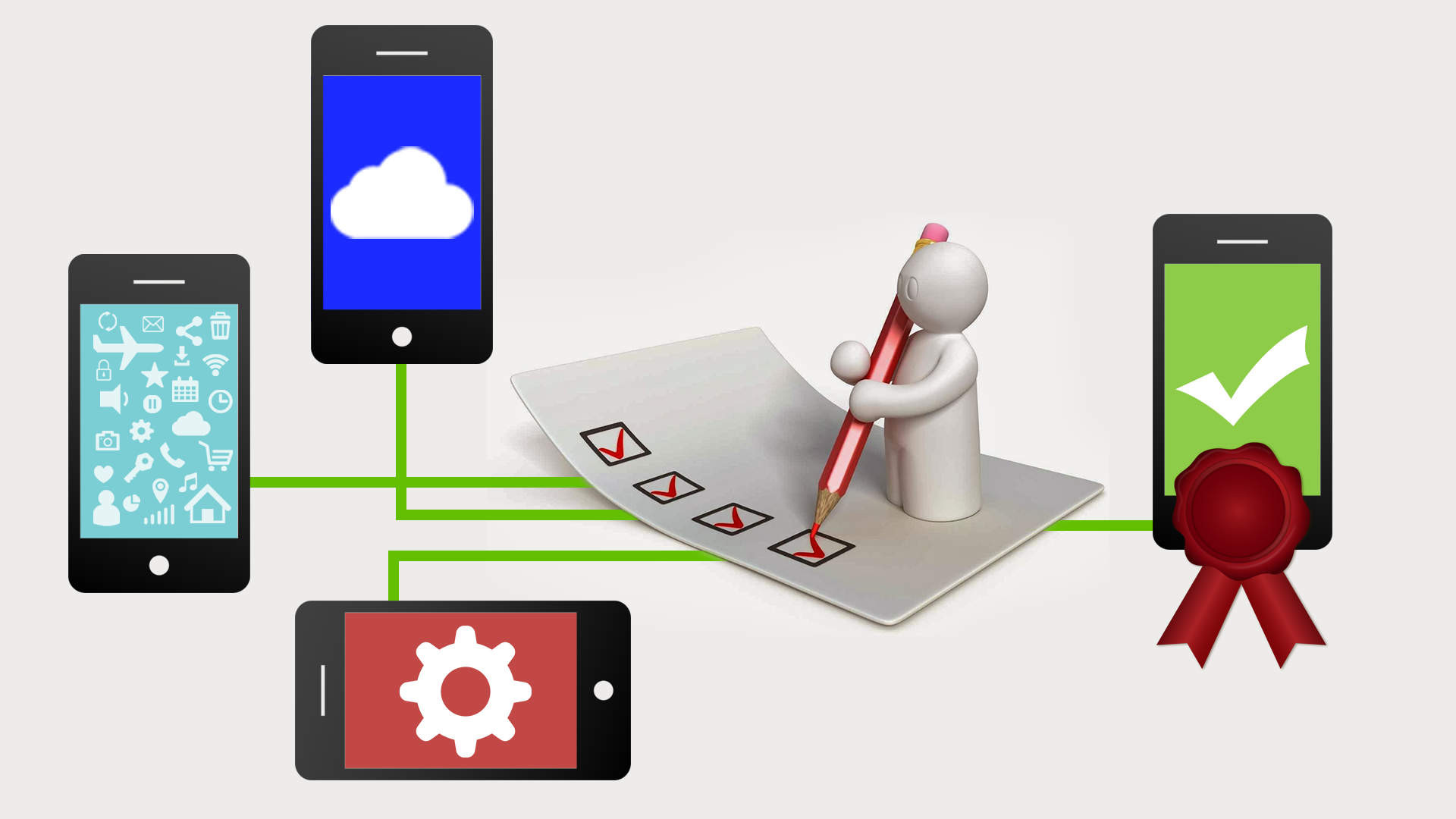Testing mobile apps is a necessary process to allow experts to test whether the program is functional, productive, convenient and practical. It helps to ensure that the program you are developing meets all business requirements as well as user expectations.
Manual or automated testing of mobile applications: the best option
You can test the program manually. In this case, the developer independently searches and recognizes the problems that the user may encounter in the course of running this program. Automating testing of mobile applications involves the use of special tools that will free testers for other tasks.
Here are some tools to test open source mobile apps that you will probably find convenient to use:
- Espresso, which is aimed at developers of platforms of Android (Google is recommended).
- XCUITest, which is suitable for developers on iOS (recommended by Apple).
- Appium, which is used for cross-platform programs, with strong community support.
- Calabash, which is also cross-platform, with Cucumber support, based on Xamarin.
There are different types of checks and different strengths they have. For example, in manual research, intuition begins to function and it helps a person to identify some unexpected mistakes. However, it is a difficult method. Automatic inspection saves time and effort, which is particularly effective with repetitive tests, but may miss unobtrusive problems. It is up to you to decide which method is best for you. Perhaps you will like the hybrid approach to verification the most.

Basic testing branches
Functional validation is needed to ensure that standard functions are performed properly and without mistakes. It is also important that you test your user experience. In this issue, the tester assesses the ease and intuition of using the utility. It focuses on simulating the client’s real experience to find places where he or she can experience difficulties. Also, you will probably be interested to check the security of the system and analyse the risks of hacker attacks, viruses or unauthorised access to personal information.
Configuration tests are conducted so that the specialist can monitor how well its platform works on various devices. In this issue, their size, hardware, screen resolution and versions are the most important.
There is also one study that modern scientists cannot do without, such as visual. Traditional methods are based on program code testing. However, in some situations this can lead to erroneous results, especially in complex environments. The study based on comparison of visual screenshots comes to the rescue. Here the feature of testing mobile applications is its mandatory automation. Advances in visual AI, which is sure to remember billions of images, make auto-testing more accurate.
Testing mobile application in stages
Before you start the release, you should run some basic tests, which you can do with the following algorithm:
- Product testing with activated options such as «One Hand Control» and «Screen Mode Enhancement».
- Check how it is installed from scratch and updated.
- Analyse of how the utility works with a large number of records in the phone book (if you use this).
- Evaluation of photo work in the gallery.
Testing can be challenging due to a wide range of hardware and software variations. But the quality of your future program is an incredibly important factor in today’s world, because there is extremely high competition. Choosing the right analysis methods and using effective tools will facilitate your testing process. Thanks to this, you can check the quality of the product and get the maximum number of positive user responses for your noble work.



